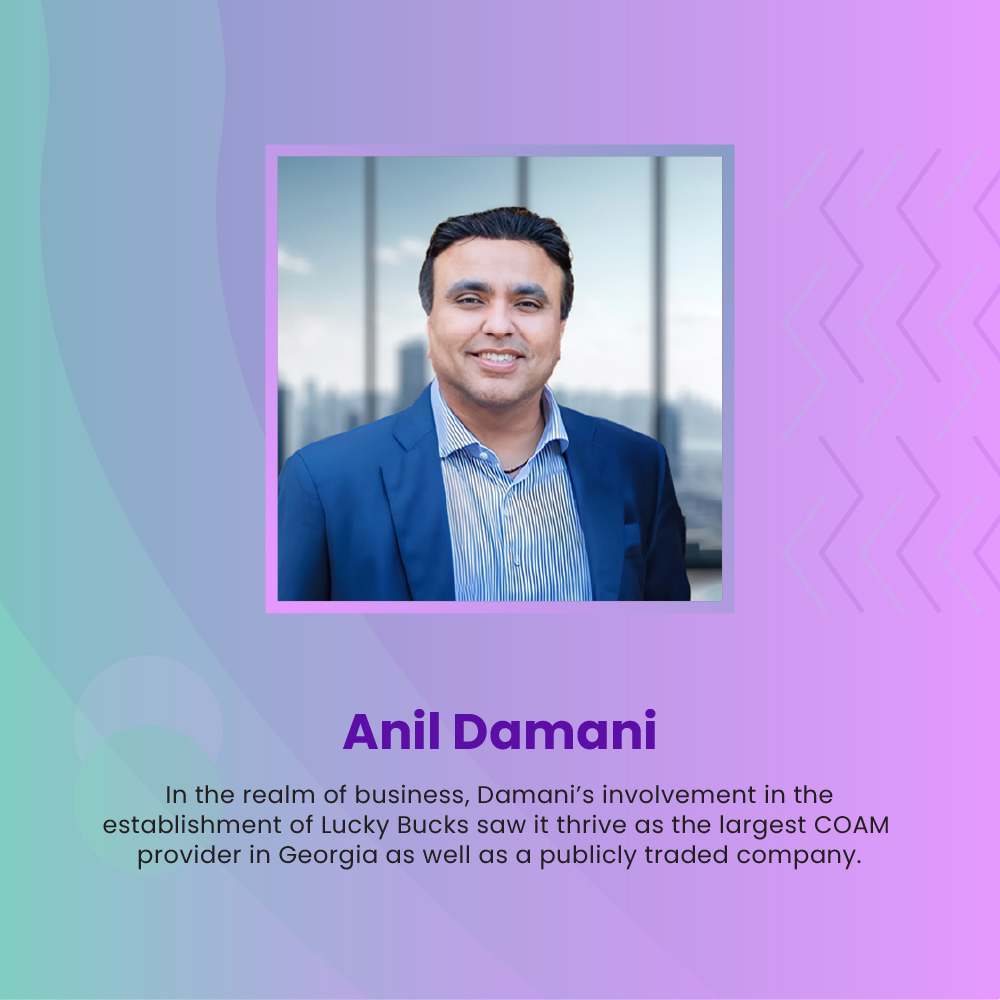
Real estate development is a multifaceted industry that plays a crucial role in shaping the urban landscape and driving economic growth. From residential complexes to commercial centers, real estate projects have the power to transform communities and generate substantial returns for investors. However, navigating the complexities of real estate development requires a strategic approach that goes beyond traditional methods. In this article, we explore an innovative approach to unlocking the potential of real estate development, emphasizing creativity, sustainability, and community engagement.
Understanding the Landscape
Before exploring the intricacies of real estate development, it’s essential to understand the current landscape. Rapid urbanization, demographic shifts, and technological advancements are reshaping the way we live, work, and interact with our surroundings. As cities continue to expand, the demand for innovative and sustainable development solutions is greater than ever.
Moreover, the COVID-19 pandemic has accelerated specific trends within the real estate sector, such as remote work and the rise of e-commerce. These shifts have implications for the types of properties in demand and the amenities that communities prioritize. In response, developers must adapt their strategies to meet evolving needs and preferences.
Embracing Creativity and Innovation
Creativity is the cornerstone of successful real estate development. Beyond simply constructing buildings, developers must envision spaces that inspire, excite, and enhance the lives of those who inhabit them. This requires thinking outside the box and embracing innovative design concepts that push boundaries.
One approach to fostering creativity in real estate development is through mixed-use projects. By combining residential, commercial, and recreational elements within a single development, developers can create vibrant, integrated communities that offer convenience and diversity. For example, a mixed-use development might include retail shops on the ground floor, office spaces on higher floors, and residential units above, all connected by pedestrian-friendly walkways and green spaces.
Another innovative trend gaining traction in the industry is adaptive reuse. Rather than demolishing existing structures, developers are repurposing old buildings for new uses, such as converting warehouses into loft apartments or transforming factories into office spaces. Not only does this approach preserve historic architecture and reduce waste, but it also adds character and authenticity to neighborhoods.
Prioritizing Sustainability
Sustainability is no longer a mere buzzword in real estate development; it’s a fundamental principle that guides decision-making at every stage of the process. From design and construction to operation and maintenance, developers are increasingly incorporating green building practices to minimize environmental impact and maximize efficiency.
One way to promote sustainability in real estate development is through energy-efficient design. This involves using renewable energy sources, such as solar or wind power, implementing passive design strategies to reduce heating and cooling loads, and incorporating high-performance building materials that enhance insulation and durability.
Additionally, developers can prioritize green infrastructure features, such as green roofs, rain gardens, and permeable pavement, to manage stormwater runoff, improve air quality, and enhance biodiversity. By integrating these elements into their projects, developers not only contribute to the health and well-being of occupants but also create more resilient and environmentally friendly communities.
Engaging the Community
Community engagement is a vital aspect of responsible real estate development. Building solid relationships with residents, businesses, and organizations not only fosters goodwill but also ensures that projects align with the community’s needs and aspirations.
One way developers can engage the community is by soliciting feedback through public meetings, surveys, and focus groups. By actively listening to stakeholders and incorporating their input into the planning process, developers can address concerns, build trust, and foster a sense of ownership among residents.
Furthermore, developers can enhance community engagement by incorporating amenities and programming that cater to the neighborhood’s unique characteristics. This might include public art installations, recreational facilities, or community gardens that promote social interaction and cultural exchange.
Case Study: The High Line, New York City
One of the most iconic examples of innovative real estate development is the High Line in New York City. What was once an abandoned elevated railway has been transformed into a lush, linear park that meanders through Manhattan’s West Side, offering breathtaking views of the city skyline and the Hudson River.
The High Line project demonstrates the power of creativity, sustainability, and community engagement in revitalizing urban spaces. By repurposing existing infrastructure, preserving historic elements, and incorporating green design principles, the High Line has become a beloved public amenity that attracts millions of visitors each year.
Moreover, the High Line’s success has spurred economic development in the surrounding area, with new residential, commercial, and cultural developments springing up along its route. This ripple effect underscores the transformative potential of thoughtful, inclusive real estate development.
Innovative real estate development holds the key to unlocking the full potential of our urban landscapes. By embracing creativity, sustainability, and community engagement, developers can create spaces that not only meet the needs of today but also inspire and endure for generations to come. Whether repurposing existing structures, incorporating green design practices, or fostering meaningful connections with local stakeholders, the possibilities for innovation in real estate development are endless. As we look to the future, let us continue to push the boundaries of what’s possible and create spaces that enrich the lives of all who inhabit them.